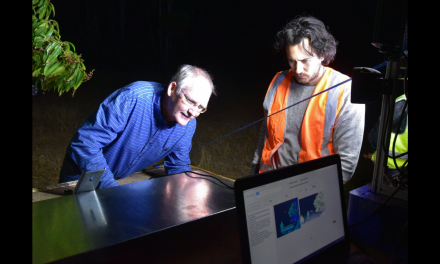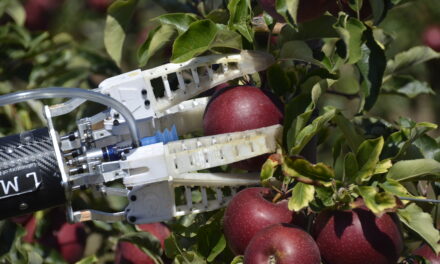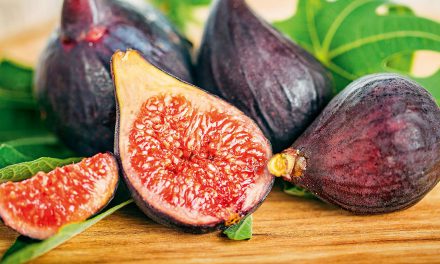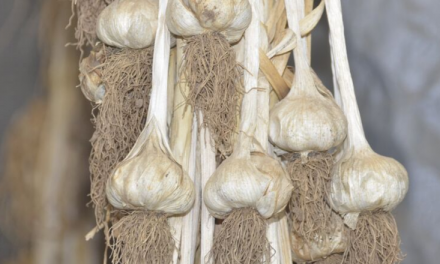Decision makers are being encouraged and empowered to make conscientious choices around urban greening in Australian cities.
Trees provide well recognised benefits to human health and wellbeing, and by regulating temperature and improving air quality, they are a cost-effective way of creating climate resilient towns.
Viewed as long-term assets by the local councils who plant them, urban trees are expected to survive for decades, with significant time and money invested into their planting and maintenance.
But a changing climate has posed new questions around their sustainability.
Through the Hort Innovation funded project Which Plant Where, researchers from Macquarie University and Western Sydney University are exploring whether the trees planted today can withstand the climate conditions of the future.
New research findings published in Science of The Total Environment revealed that many popular trees currently planted in Australian urban cities will not tolerate the increases in temperature and changes to rainfall forecasted for the coming decades.
Hort Innovation Research and Development Lead Byron De Kock said the research team developed bioclimatic models to assess the relationship between where individual tree species are currently planted, and the climate they experience at those locations.
He said these models, which are widely used for forecasting climate impacts on plant species, were then used to identify locations most suited for a species now and into the future.
“The team focused on assessing 82 temperate and subtropical urban areas across the country looking at how current plants might perform over the next 50 years,” he said.
“Models for 176 commonly planted native tree species indicated that climate change will likely reduce the geographic range across which these species could be planted.
“But the good news is that new planting opportunities will also emerge for some species as suitable climate becomes available.”
Mr De Kock said the use of tools such as bioclimatic models helped to empower the horticultural industry and local governments to select and maintain urban trees and to identify species that were likely to succeed or fail in particular climatic and geographic locations.
“This, in turn, will reduce medium to long-term risks associated with urban tree management, and create a climate-ready palette of species fit for the cities of tomorrow,” he said.








